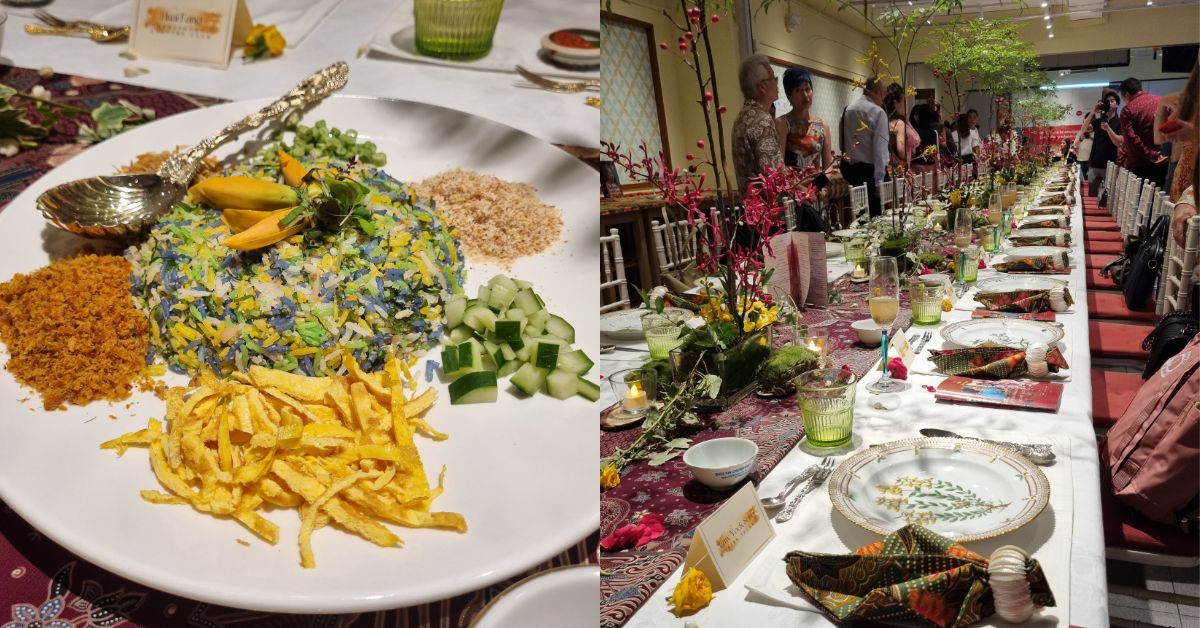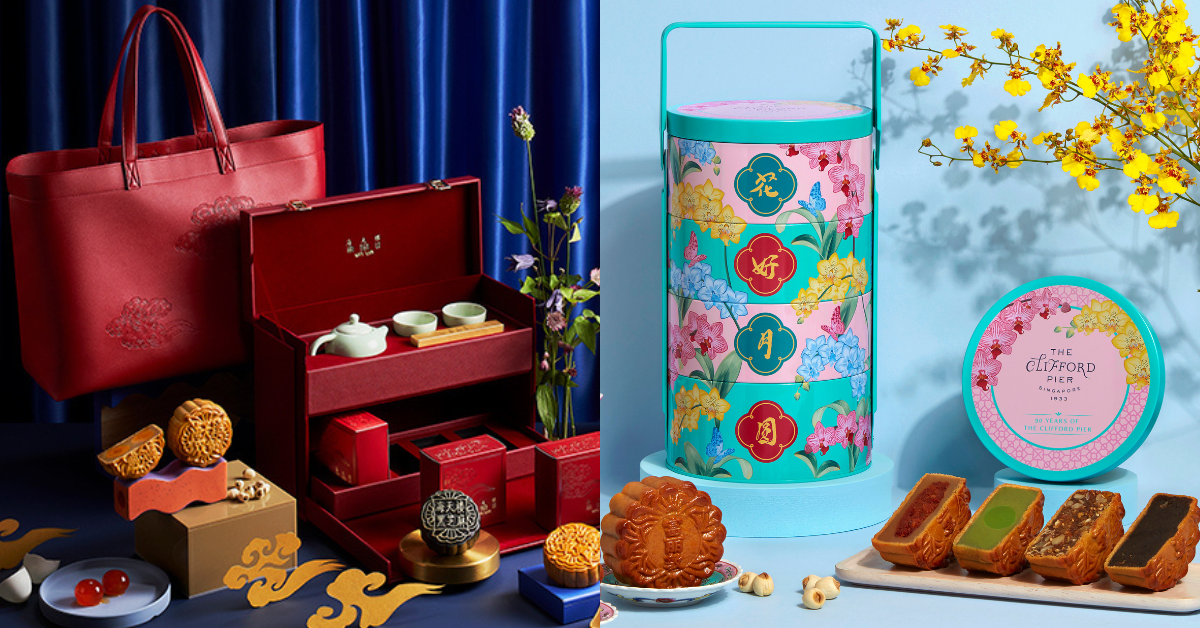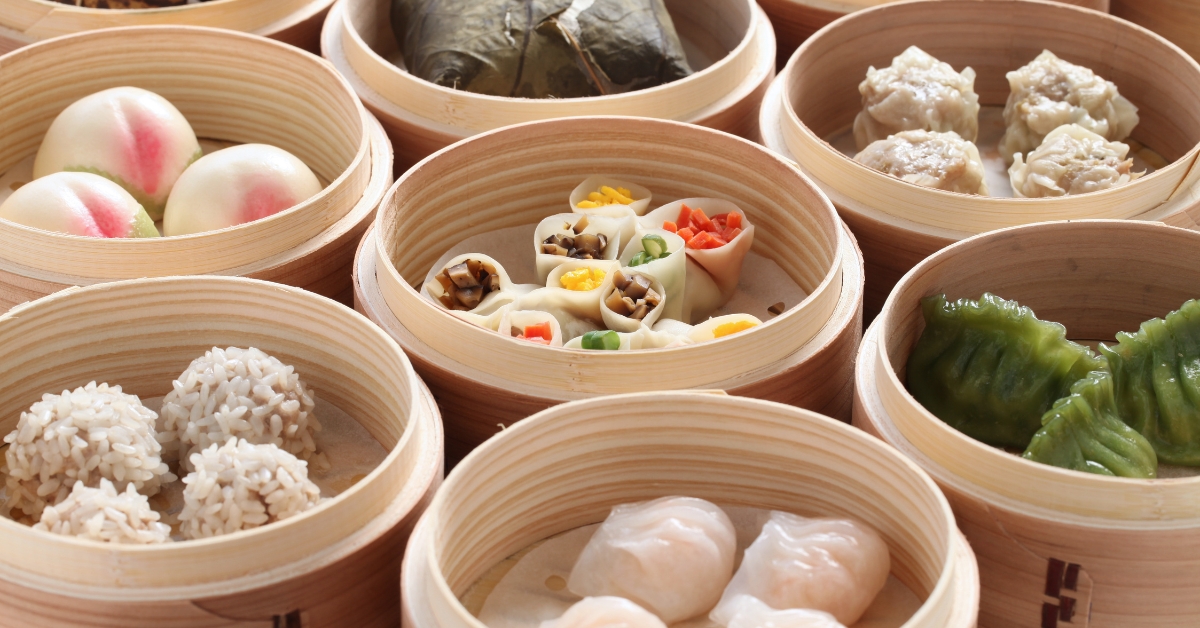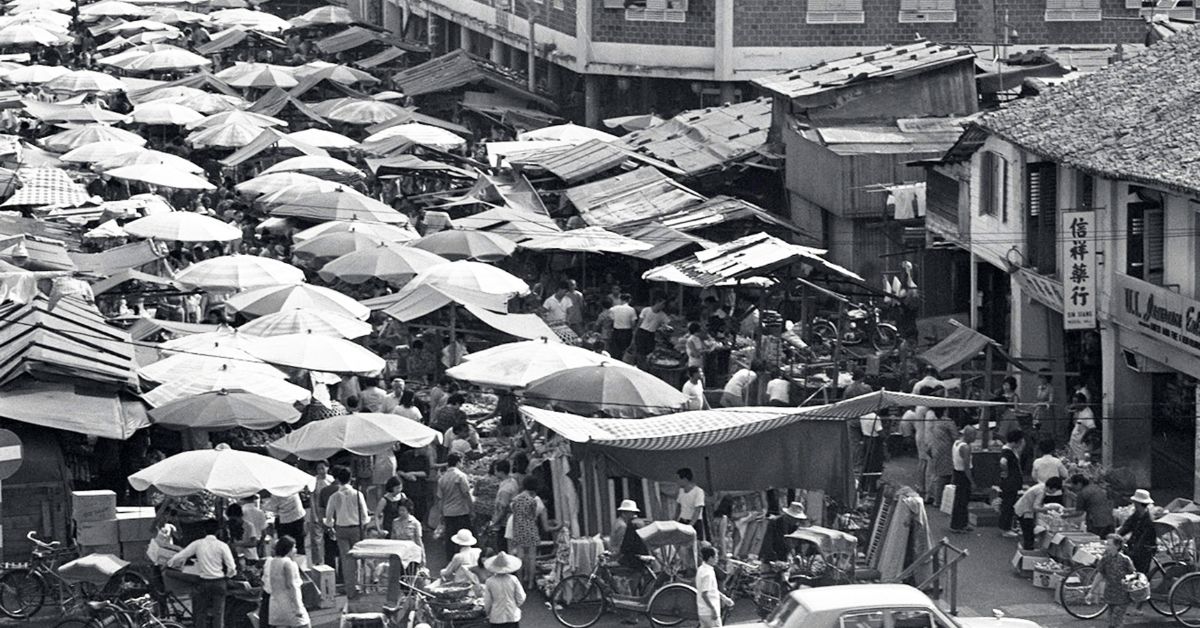
It all started in the past with itinerant hawkers setting up roadside stalls along some of the oldest areas in Singapore — Queen Street and Chinatown. It was a good way to earn a living as it required minimal start-up capital. Hawkers would balance their mobile kitchen on a pole on their shoulder, or sell their wares in pushcarts, announcing their presence with the tick-tock man or the sound of a rubber bulb horn.
The early years of Singapore’s establishment meant many of the systems we take for granted today were not yet in place. The lack of organisation and health checks resulted in contaminated food, littered streets and traffic congestion, among many other issues.
The government stepped in to better organise things from 1974 — issuing licences and setting up the Hawker’s Department Special Squad to manage illegal street hawking. More than 50 hawker centres were built between 1974 and 1979 to house the variety of hawkers.
Located all over the heartlands, hawker centres became a safe communal dining space for the public to enjoy the vast array of cuisines from a melting pot of cultures.
However, the introduction of hawker centres was not without its own problems such as rising costs, rent, and additional charges that came with the incorporation of social enterprises in Singapore.
Advertisement
Role of hawkers
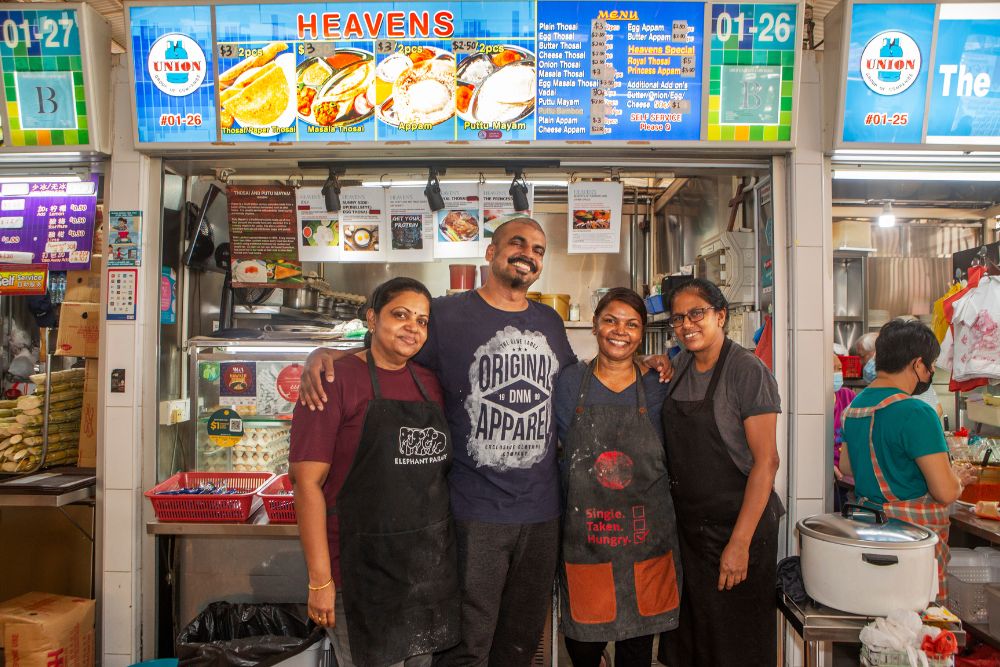
Hawker Centres play an important role in allowing for a basic requirement in society — food — to be delivered at a low cost. Set against a scenario of a sharply increasing cost front the challenge has been to keep prices low while a combination of Covid disruptions, wars and economic situations drive the cost of basics up.
The Makan Index 2.0 by the Institute of Policy Studies (IPS), found that certain hawker items increased to just under 30 cents between 2022 and 2023. This margin of increase would make it untenable for many businesses to continue in a worthwhile manner. But for some hawkers, it is often a case of not having an option.
The rise in costs and the diminishing return on profits (if any) add to the issue of the continued future of the hawker profession. As the older generation of hawkers hang up their woks, who will replace them? The younger generation may not want to sweat it out on their feet in a small cubicle dishing out meals at low prices.
Global recognition
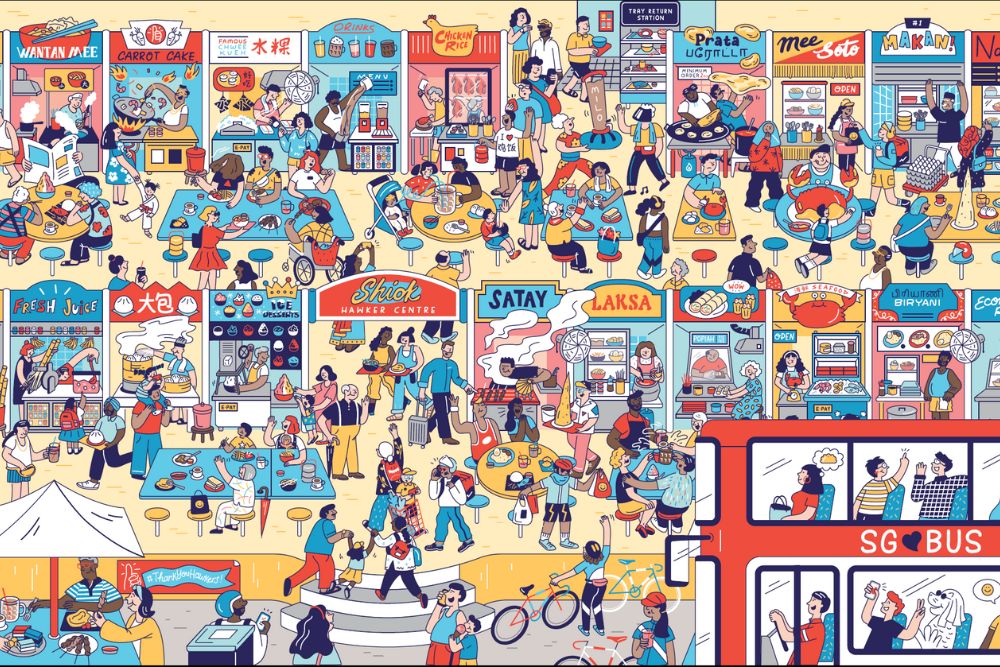
Into this melting pot of rising costs and demanding customers, the Singapore government’s ingredient was to push for the intangible hawker culture to be included on the UNESCO Lists of Intangible Cultural Heritage in December 2020.
The listing ensures that hawker culture is identified as part of Singapore’s cultural heritage and that safeguards would be implemented to preserve this heritage for future generations, therefore maintaining its affordability for the public.
Examples of safeguards already implemented include the efforts of the National Heritage Board and their partnership with community organisations, educational institutes and the private sector to feature Singapore’s hawker culture in programmes and platforms.
Other safeguards by NHB include support for documentation and research on projects regarding hawker culture. These efforts help deepen our understanding and appreciation of Hawker Culture.
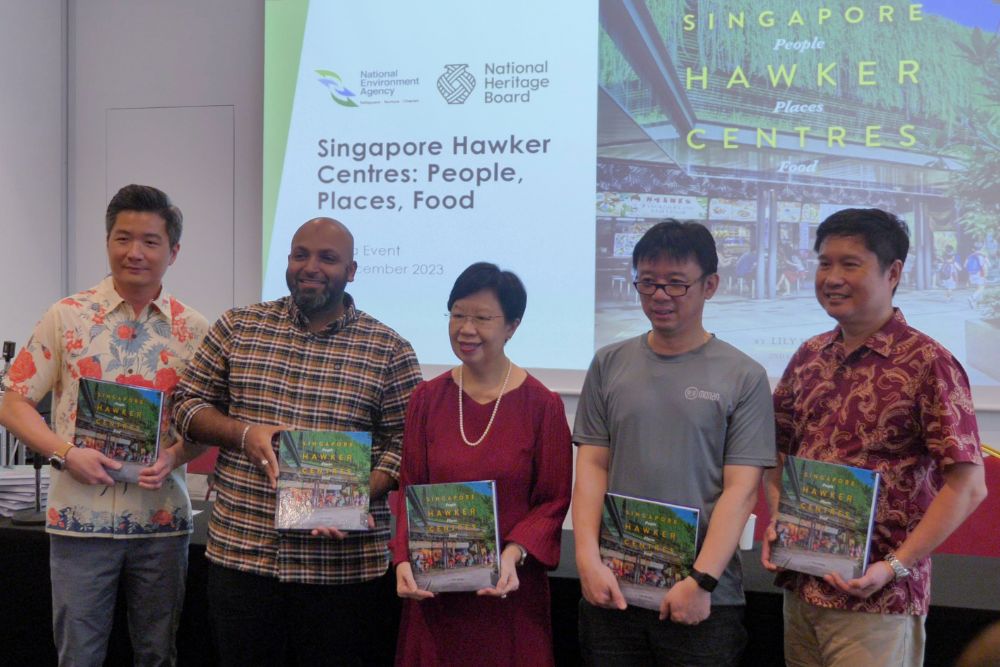
To add to these efforts, the National Heritage Board has commissioned Professor Lily Kong, the President of Singapore Management University, to research and write the second edition of Singapore Hawker Centres: People, Places, Food (2023), in which the academic explains the genesis, growth, and development of Singapore’s hawker centres.
The book’s second edition has recently been released, in which Prof Kong explores the significance of hawker culture to Singapore society. She also elaborates on the tapestry of hawker centres from past to present. The book will also feature the faces of Singapore hawker culture and their importance in its continuity.
The book features hawker Goh Kai Suah, who is in his 50s, who continues to run his shop, Sun Kee Drinks at Kovan 209 Market and Food Centre, despite having the financial means to retire.
He wanted to continue because his customers and his patrons had become his friends, and he would miss them if he didn’t see them regularly,
explains Prof Kong.
"He also wanted to provide the service to them and be able to see and chat with them as this was his way of life."
Schemes to help
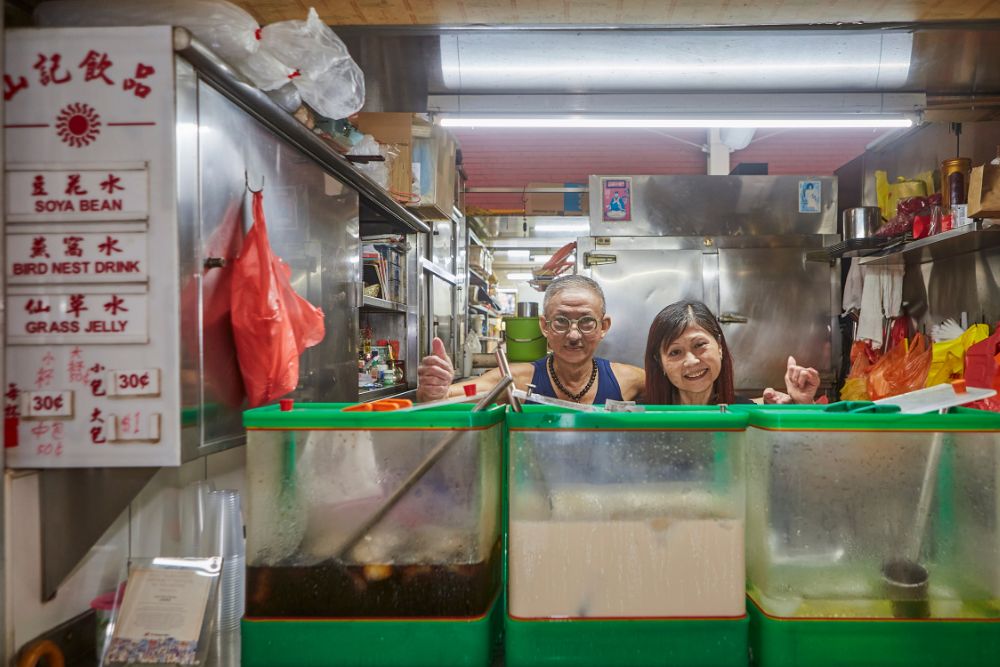
Hawkers like Goh, enjoy rental subsidies as part of a legacy programme introduced for itinerant hawkers in the past. As his stall was inherited from his father, he enjoys a rental below $400 which makes continuing in the business an easier decision.
Hawkers outside of this scheme would have to bid for their rental with the highest successful bid recorded at $6,800 in September 2020.
Prof. Kong points out that schemes like the Enhanced Assignment Scheme (EAS) can assist new hawkers to cope with today’s costs.
With the EAS, they don’t pay rental at the market rate immediately which is an average of $1,250. They have a three-year-grace period. They pay the subsidised rental fee that the previous stallholder was paying before paying the market’s current rental rate.
Another solution rolled out by the National Environment Agency was the introduction of social enterprise hawker centres.
However, this caused a huge commotion among the public and hawkers alike as it went in the opposite direction of what many understood it was supposed to do.
In 2018, stallholders complained about operators who were imposing extra. At Jurong West Hawker Centre, they charged stallholders for the implementation of a tray-return programme encouraging customers to return their trays.
For each tray returned, stallholders were charged 20 cents. This was unlike other hawker centres that adopt tray-return programmes that hold the customers accountable with a deposit of 50 cents to a dollar on the trays they take.
There was also disapproval from stallholders on the consensus of large companies managing these hawker centres rather than actual voluntary welfare organisations that specialise in social welfare.
Prof. Kong noted in her book that hawkers questioned if these centres could be considered social enterprises when it looked like their primary motivation was profiting.
We asked Singapore’s early food guru and fierce protector of hawker culture, KF Seetoh, for his views on the future of hawker culture.
If indeed hawker centres are there to provide affordable food for the masses, then, government legislature should help realise it, not just take credit and up the operation ante,
Seetoh states.
But, while he feels more could be done by the authorities, he is also critical of Singaporeans’ expectations and demands when it comes to hawker food.
"Rising cost is a fact of life but folks expect and demand hawker food to be cheap, thinking government subsidises them, which is not true."
How to make it sustainable?
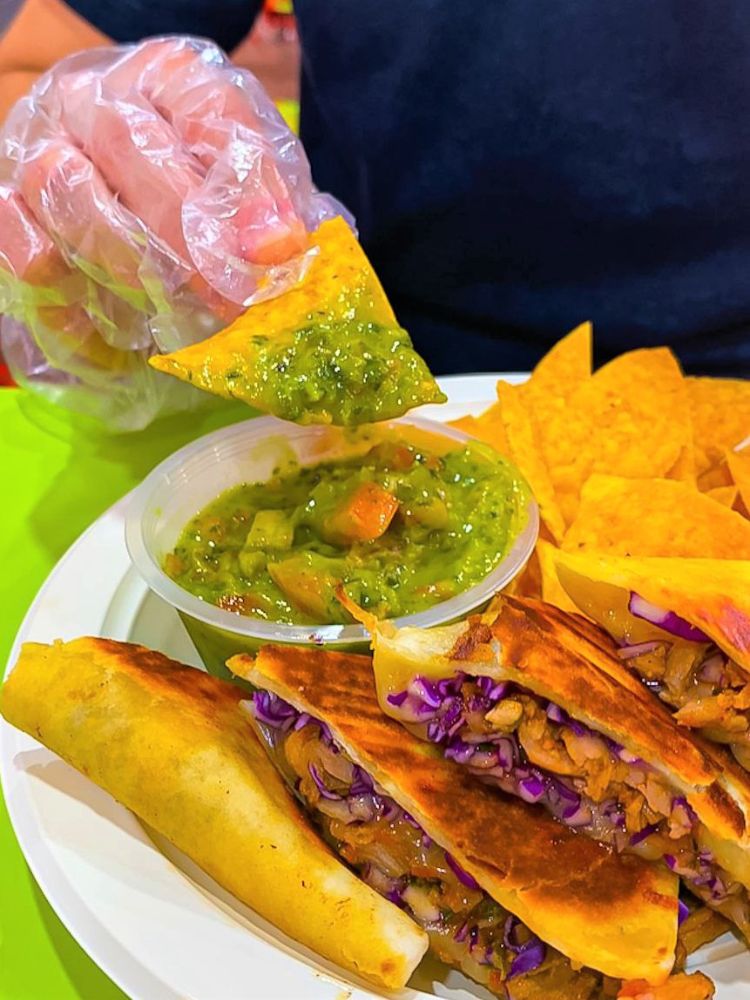
Prof. Kong remains hopeful that cultures evolve over time, and that hawker culture will follow that trend.
She sees the potential for dormant cuisines to resurface, like the slow return of rickshaw noodles of past. Like most evolutions, new influences will find their way into the ingredients. And the presence of Korean, Italian and Mexican fare in hawker centres adds to the continuing mix that will appeal to the next generation of consumers.
Seetoh’s outlook on the future of hawker culture is in stark contrast to Prof. Kong’s. He warns that the sustainability of hawker culture is under threat with the inadequate support hawkers receive from government bodies.
As a result, many hawkers have hung up their woks for good, whether it’s because of high operating costs or disinterest from the next generation to stay in a hot and sweaty industry.
So, it’s up to the customer to dive into the discussion. If you want cheap and good, then the definitions of both “cheap” and “good” are relative to the times.
Cheap today can no longer be pegged to price points of a decade ago. And good will evolve and change as taste preferences shift, the population profile changes and adjusts to international influences.
So, what is the hawker culture going to be in the future? It will be shaped depending on whether we want to cling on to the past or adapt to changing conditions and strike a new balance.
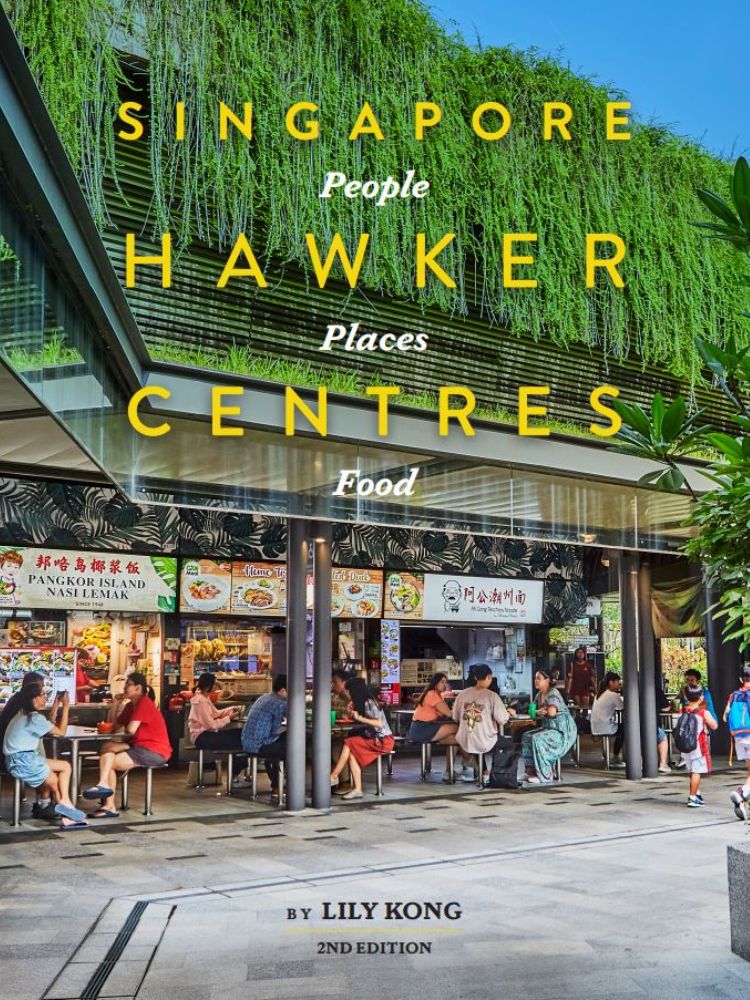
The second edition of Singapore Hawker Centres: People, Places, Food retails for $39.90 at leading bookstores and museums island-wide.


